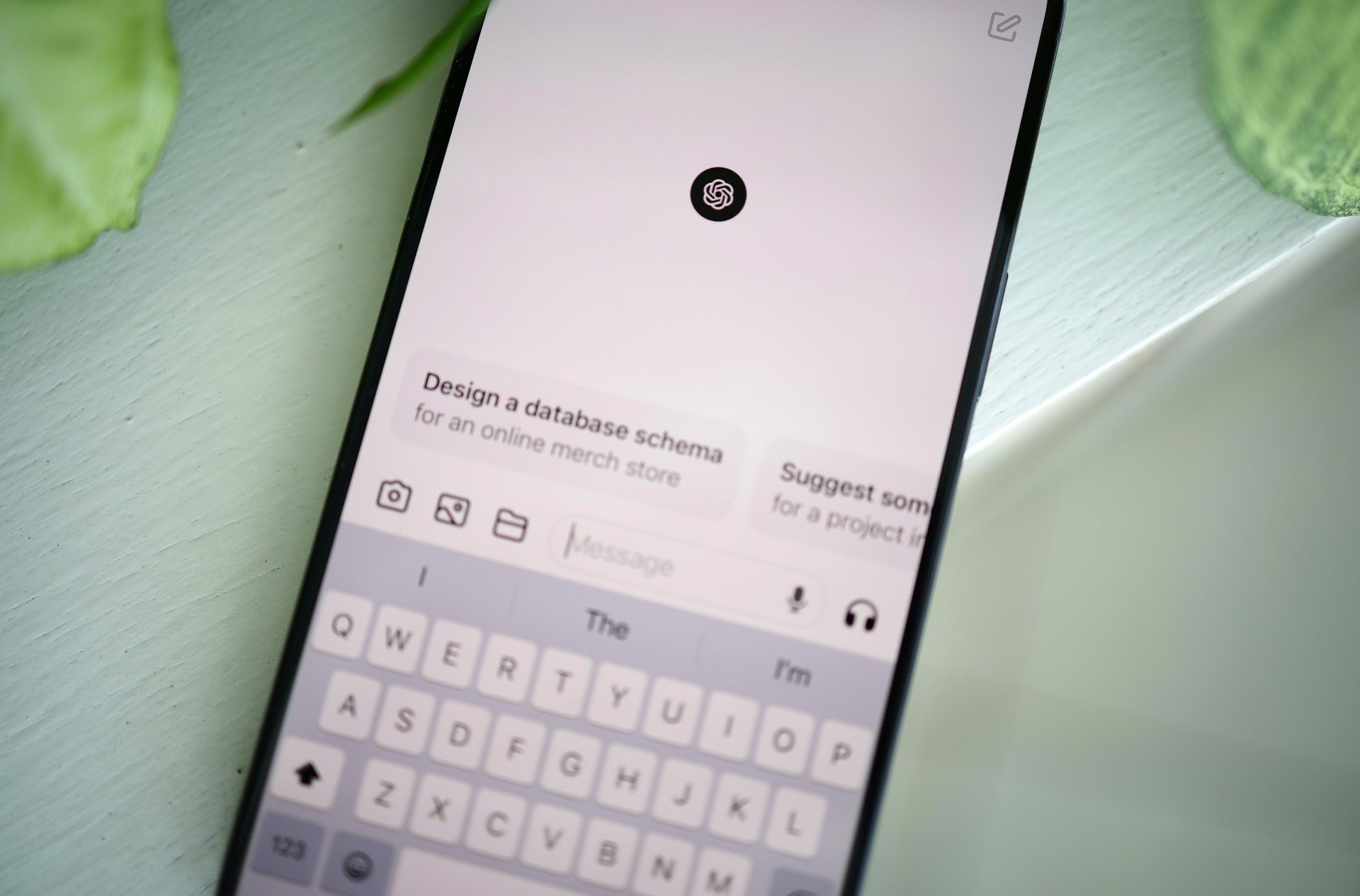3 min read
How AI Has Changed the PR Game (and Why It Matters Now)
By: Hanni Itah Nov 18, 2025 10:59:59 AM

I’ve been in the PR world for many years, and one of my favorite things to watch has been the shift in the holy grail – from clients asking to appear on Oprah to meetings at the White House to moving up to the front page of Google (all things we've landed here at Next PR 😉). Well, the story has changed again. Now, consumers are no longer just searching on Google; they're asking LLMs like ChatGPT and Claude to guide business decisions, and our clients need to make sure their brands are visible in these new search engines.
For those of us working in PR, this has been an exciting shift, as AI responses are citing earned media 89% of the time. Companies that may have put PR on the back burner are now seeing its importance in showing up in influential AI-generated responses.
So, as things continue to settle with PR and AI, companies are asking critical questions about how PR partners can drive AI visibility. Below are key questions you should be asking PR partners, along with why each one matters, to ensure PR is supporting your business goals from market positioning to customer acquisition.
1. What does a PR firm do in an AI-driven world?
The fundamentals of what we do have stayed the same – finding creative and strategic ways to help our clients tell their stories and make an impact. We’re helping clients strategically announce news, working with executives to refine stories and building relationships with key stakeholders.
What's changed is the application. We're now leveraging our experience to guide clients through the new opportunities created by AI, such as optimizing their content for AI search and positioning their executives as authoritative sources, ensuring their stories reach both journalists and the AI models that influence buyer decisions.
2. How are press materials optimized for AI discovery?
We’re no longer just drafting press releases for journalists; we’re making sure they’re formatted and optimized for what AI needs to be discovered. What does that look like?
- Restructuring press releases with clear facts AI can extract. Using concise, quotable data points that AI models can easily read and cite
- Highlighting key statistics, data points and concrete success metrics showing impact. AI favors specific, quantifiable information over vague claims
- Framing news to answer audience questions. Understanding the prompts buyers use and ensuring content directly addresses them
3. How can AI-driven PR help drive sales?
For years, connecting PR to sales has been a challenge across marketing teams. It’s easy for firms to get coverage, but connecting that coverage to revenue impact is often an indirect line.
Now AI is changing the equation. With buyers increasingly using AI to research solutions and ask specific questions, PR teams have a direct line to influence purchasing decisions. When your media coverage appears in AI-generated responses, you're meeting buyers exactly where they're conducting research with answers to questions like:
- "What's the best [category] solution for [specific use case]?"
- "How do I solve [problem YOUR product addresses]?"
- "What should I look for when evaluating [YOUR category]?"
The key is ensuring your PR strategy addresses the actual questions your target buyers are asking. Here’s a real-life example for a client that sells stair lifts: Instead of getting a product review about our client's niche product, we secured a series of educational articles in ConsumerAffairs. The article headlines were written similarly to an AI search prompt, "What is a stair lift?" and "Stair lift pros and cons," which provides better optimization for those articles to rank in AI-generated responses compared to a traditional product review piece.
4. How do I show the ROI of PR?
Next PR has a strong reporting stack compared to other PR agencies (see just a few of our tools here). Success is not only about the number and mix of media placements, but ultimately the impact on the companies we work with. However, AI is changing how and what we report on to clients across our agency.
A few elements we’re adding to client reports include:
- AI citation audits to address what LLMs are saying about our clients, their competitors and the broader market
- Profile audits to ensure all client-run content is telling the same story (which otherwise confuses and upsets LLMs)
- Brand messaging alignment to understand what story AI is telling about our clients’ brands
The Bottom Line
These questions aren’t meant to be gotchas but are conversation starters to help business leaders understand how PR can help them achieve their goals. The world of PR is evolving faster than ever, and the best firms are leaning into this change, testing new approaches and bringing strategic thinking to how brands show up in AI-generated responses.
Feeling like your firm may not truly understand this landscape and is not doing the best for your team? Drop us a line.

Comments